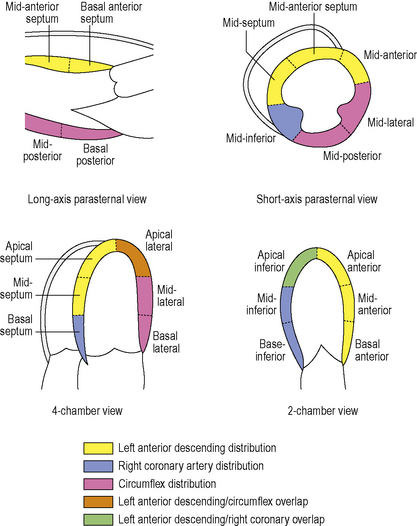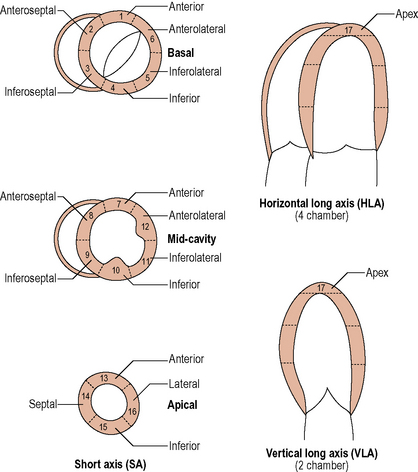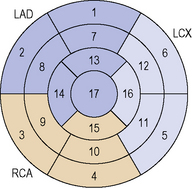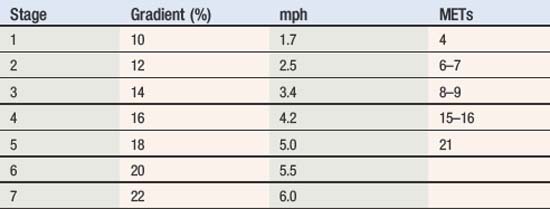Topic 2 Evaluation of myocardial ischaemia
Markers of myocardial injury and infarction
A universal classification system for myocardial infarction (MI) was published in 2007.
1. Spontaneous MI due to a primary coronary event, e.g. plaque erosion, rupture, fissuring or dissection.
Troponin values may remain elevated for 7–14 days following the onset of infarction.








